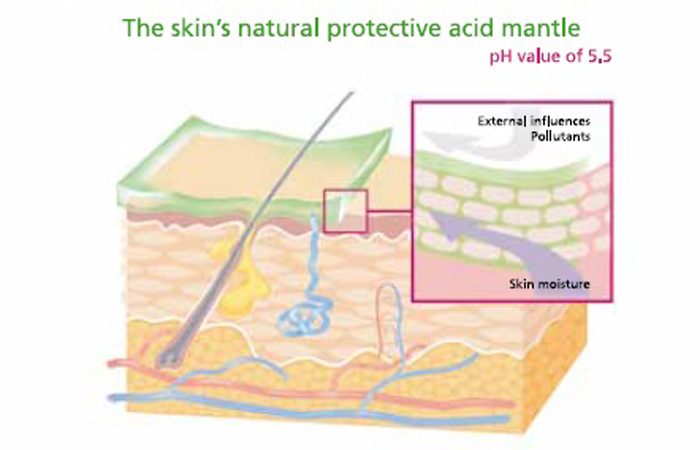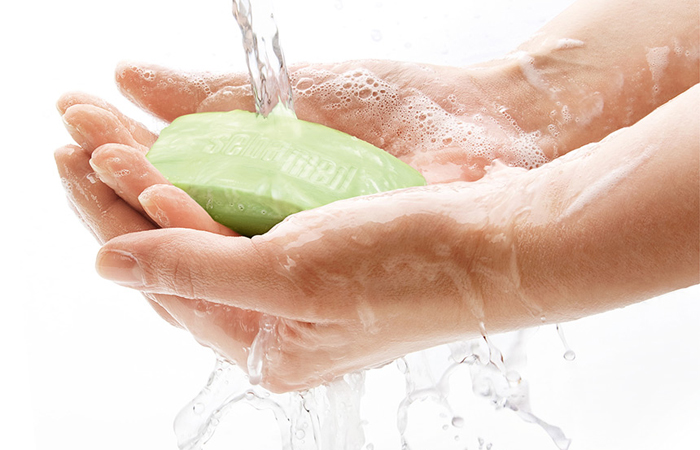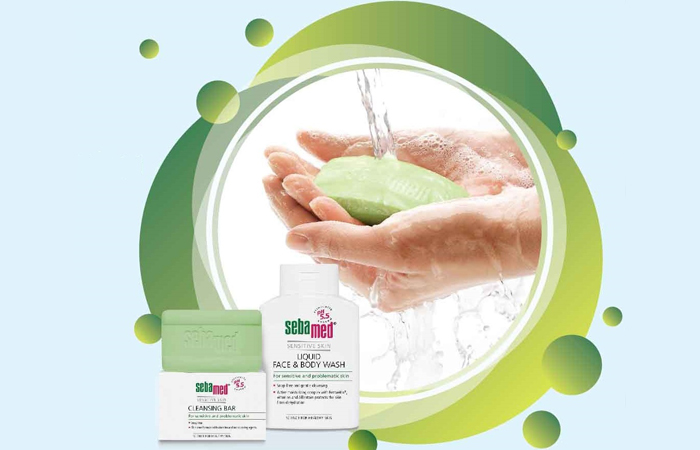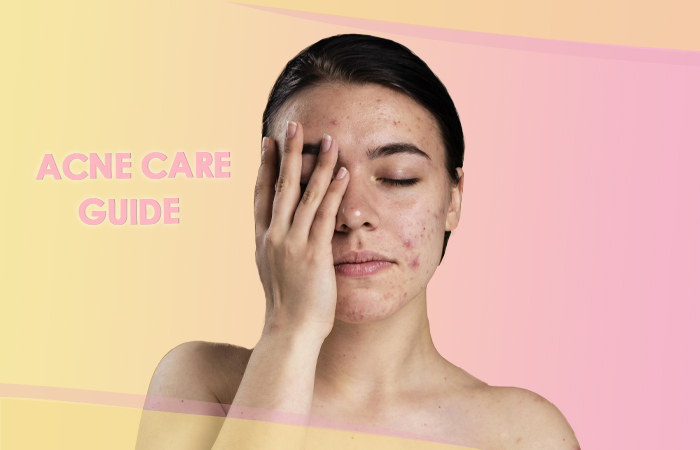Sebamed helps to preserve the skin´s healthy microbiome balance
« Sebamed helps to preserve the skin´s healthy microbiome balance »
All of the organisms that are located on our skin are called the microbiome. They include in particular bacteria, fungi and mites. They live on the surface of the skin between dead cells in the stratum corneum, in the sweat and sebaceous glands and in the hair follicles. They feed on the proteins, fats and sugar components from the dead skin cells and lipids in the spaces as well as on sebum and sweat that are more or less abundant depending on the region.
Like the bowel microbiome, the skin microbiome is important for our health. It is not a matter of having only "good" skin microbes and no "bad" skin microbes. What is important is the correct balance of the different microorganisms. Even supposedly bad microbes can stimulate the immune system to work more effectively, for example, and suppress more dangerous microbes, while even the good cohabitants can trigger skin problems if they become too plentiful or react to changes in body functions or environmental effects with a change in behavior or metabolism. Any attempt to permanently remove all microorganisms from the skin, e.g. with intensive and repeated disinfection, is counterproductive.
What factors influence the skin microbiome?
"Everything is interconnected," said Alexander von Humboldt more than 200 years ago – and that also applies to the skin microbiome. Genetics, gender, age, general health, hormonal status, nutrition and lifestyle are factors that are just as important as climate, pollution, water quality and sunlight. They can have a positive or a negative effect on the natural protective functions of the skin, especially the barrier function against drying out and harmful environmental factors. Our microscopic cohabitants also react to changes in their living conditions. Too many or too intensive changes destroy the balance of the ecosystem, which in turn impairs the skin's protective functions and jeopardizes skin health. Stabilizing the skin's protective layer and the skin microbiome makes the skin more resistant to internal and external influences. The goal of medical skin care with sebamed is to strengthen and support skin health and microbiome balance by supporting the barrier function.
The natural PROTECTIVE SKIN BARRIER, pH of 5.5 and the SKIN MICROBIOME
A healthy balance of the skin microbiome requires intact skin structures, normal skin functions and the rapid repair of minor damage and disruptions with regeneration processes. If the skin has sufficient, but not excessive fat and moisture and a strong protective barrier, the skin has a large variety of microflora in a stable balance. The slightly acidic pH of healthy skin has two key functions – it maintains the barrier function and promotes the microbiome balance. Skin care with a pH of 5.5 has been proven to support the skin's protective layer and its barrier function and help maintain the ecological balance of the skin.
With their pH value of 5.5, sebamed products are optimally adjusted to the slightly acidic acid mantle of the skin surface. Bacteria which can potentially cause skin disorders, such as Staphylococcus aureus, are prevented from spreading by the acidic milieu. By contrast, the majority to the microbial population of the skin, which is innocuous or even beneficial, is well adapted to this milieu and able to keep the more dangerous species in check. This happens on the one hand by displacement, but also by excretion of inhibitors and by activating the defense mechanisms of the skins own immune system.




